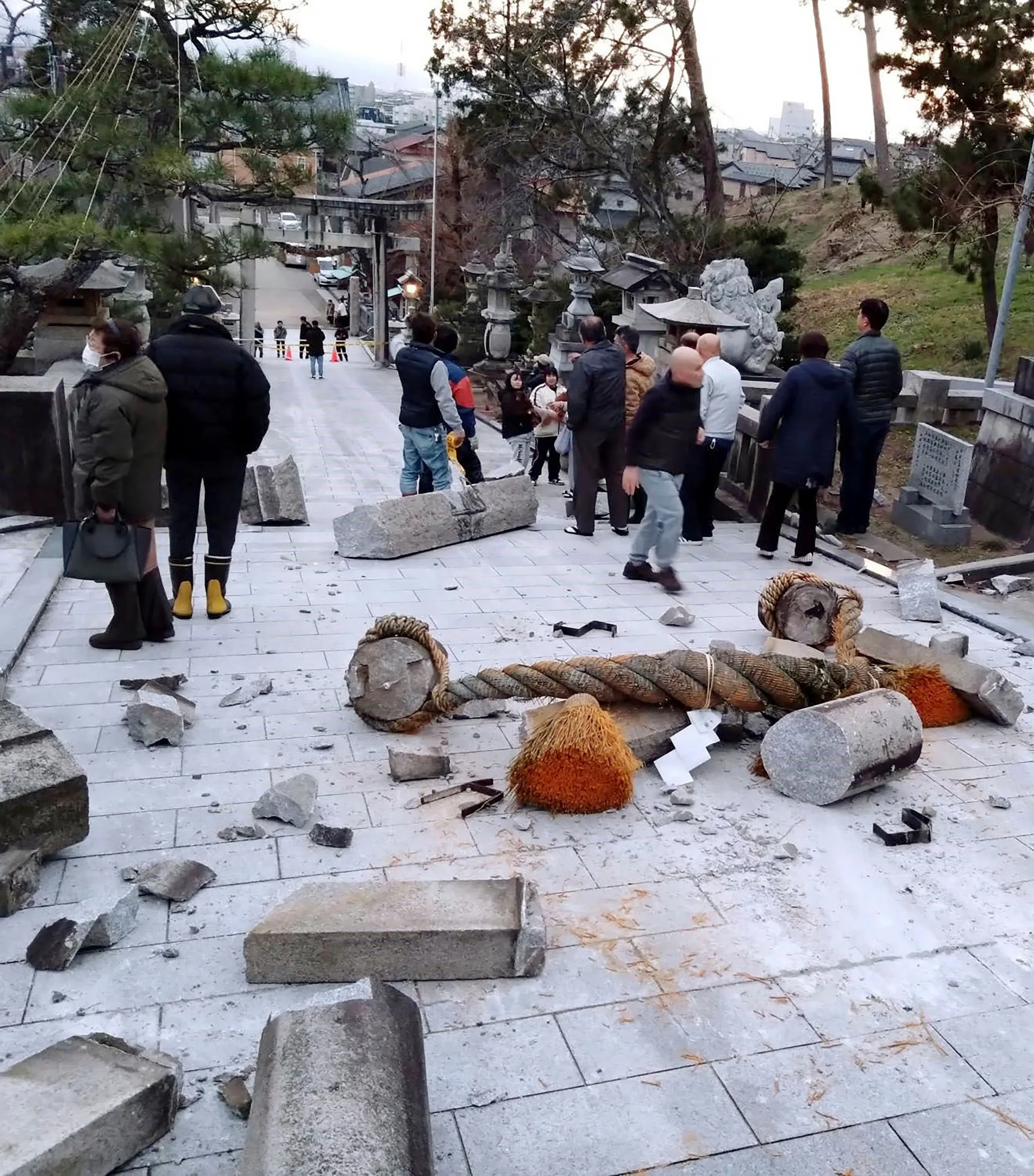Table of Contents
Toggle10 Most Earthquake Prone Nations
10 Most Earthquake Prone Countries: Seismic risk on the earth is increasing day by day due to sudden release of stress along faults in the earth’s crust. On September 8, Morocco was struck by a devastating 6.8 magnitude earthquake, claiming over 2,500 lives, with many still missing. This tragic event serves as a stark reminder of the deadly potential of earthquakes, which pose significant threats to countries situated along fault lines worldwide. The toll of such natural disasters extends to billions of dollars in damages and thousands of lives lost. In 2022 alone, the National Oceanic and Atmospheric Administration recorded 1,902 earthquake-related deaths.
Here is a list of 10 Most Earthquake Prone countries:

Turkey: In February, a powerful 7.8 magnitude earthquake hit Turkey and Syria, resulting in a tragic loss of more than 50,000 lives. Turkey, located on the convergence of two fault lines and characterized by old, unreinforced structures, faces a history of severe seismic activity.
Iran: Similar to its neighbour Turkey, Iran experiences a disproportionate number of earthquakes. Within a month ending on January 20, Iran encountered over 600 seismic events, including a 5.9 magnitude quake in the city of Khoy that claimed at least three lives and injured 816 people.
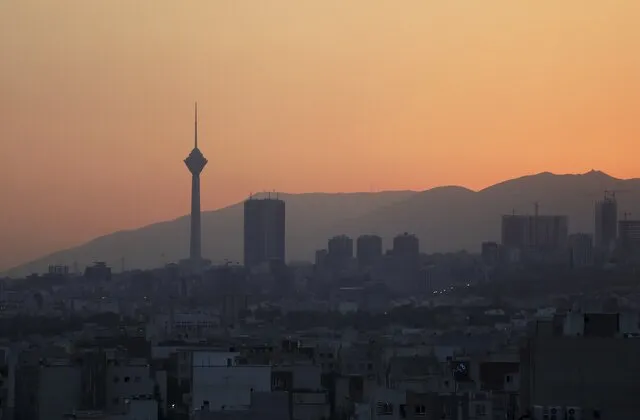
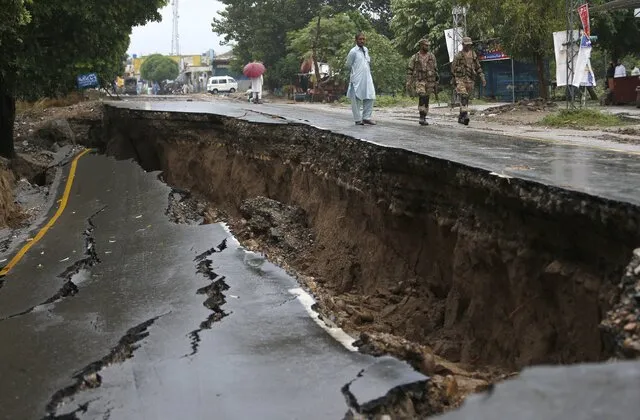
Pakistan: Crossed by geological fault lines, Pakistan is highly vulnerable to seismic activity, exacerbated by its high population density. In 2013, Baluchistan province witnessed over 800 deaths due to earthquakes, and in 2005, a 7.6 magnitude quake in the Kashmir region claimed over 70,000 lives.
Nepal: Home to the Himalayas, Nepal sits in one of the most seismically active regions globally. In 2015, a 7.8 magnitude earthquake took nearly 9,000 lives. The on-going convergence of the Indian subcontinent toward Eurasia makes Nepal susceptible to potentially more devastating earthquakes.

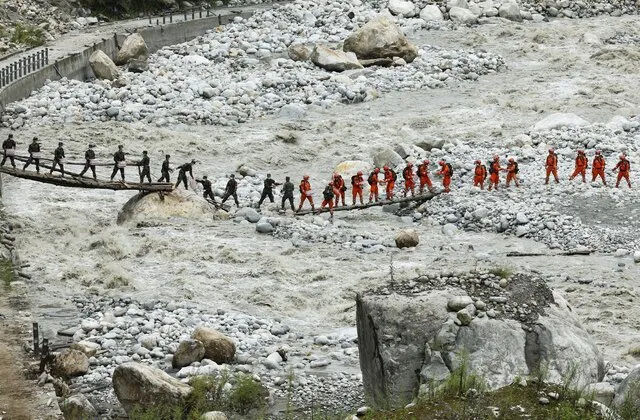
China: Positioned at the intersection of the Eurasian, Philippine, and Indian tectonic plates, China experiences frequent seismic activity. About a third of the world’s continental destructive earthquakes occur in China. A recent 6.8 magnitude quake in Sichuan province in September claimed over 30 lives.
Japan: Japan records the highest number of earthquakes globally, owing to its high seismic activity and robust detection network. Following the 2011 Great East Japan Earthquake and tsunami, which claimed over 18,000 lives, Japan implemented advanced disaster mitigation measures and earthquake-tracking technology. A recent 7.6 magnitude quake in western Japan resulted in numerous deaths and a tsunami warning.

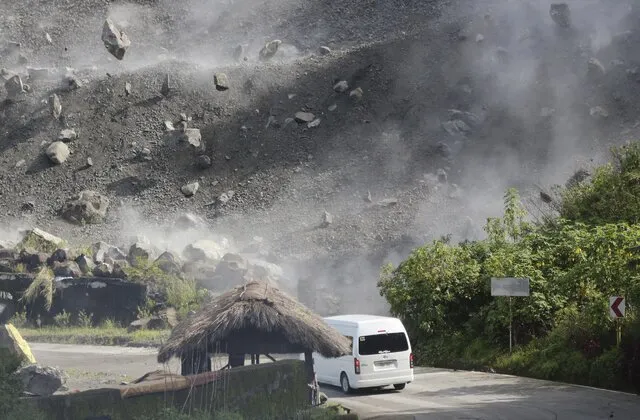
The Philippines: Facing the dual threat of earthquakes and tsunamis, the Philippines is situated in the Ring of Fire, known for volcanic and seismic activity. A recent 7.6 magnitude quake in the country’s south claimed at least one life.
Indonesia: Indonesia has witnessed multiple instances of seismic activity, with a magnitude 5.6 quake in Cianjur in November 2022 causing over 330 deaths. Previous quakes in 2006 and 2018 claimed 6,000 lives each, establishing Indonesia as a hotspot for devastating seismic disasters.

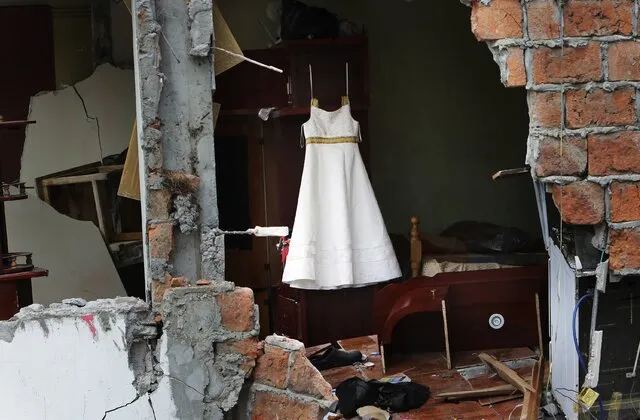
Ecuador: Experiencing over 70 earthquakes annually, Ecuador, particularly along its western coast, faces a considerable threat due to denser population centers. In 2016, a major 7.8 magnitude earthquake claimed over 600 lives.
Chile: Lying near the Nazca and South American tectonic plates, Chile witnesses frequent moderate to major seismic activity. In 1960, it hosted the largest recorded earthquake with an estimated magnitude of 9.5, causing casualties as far away as Japan and the Philippines.

These Earthquake Prone countries consistently grapple with significant seismic challenges, emphasizing the importance of preparedness and mitigation efforts.
These nations contend with substantial seismic activity, necessitating continuous efforts to enhance earthquake preparedness, reinforce infrastructure, and minimize the human toll associated with these natural disasters.
